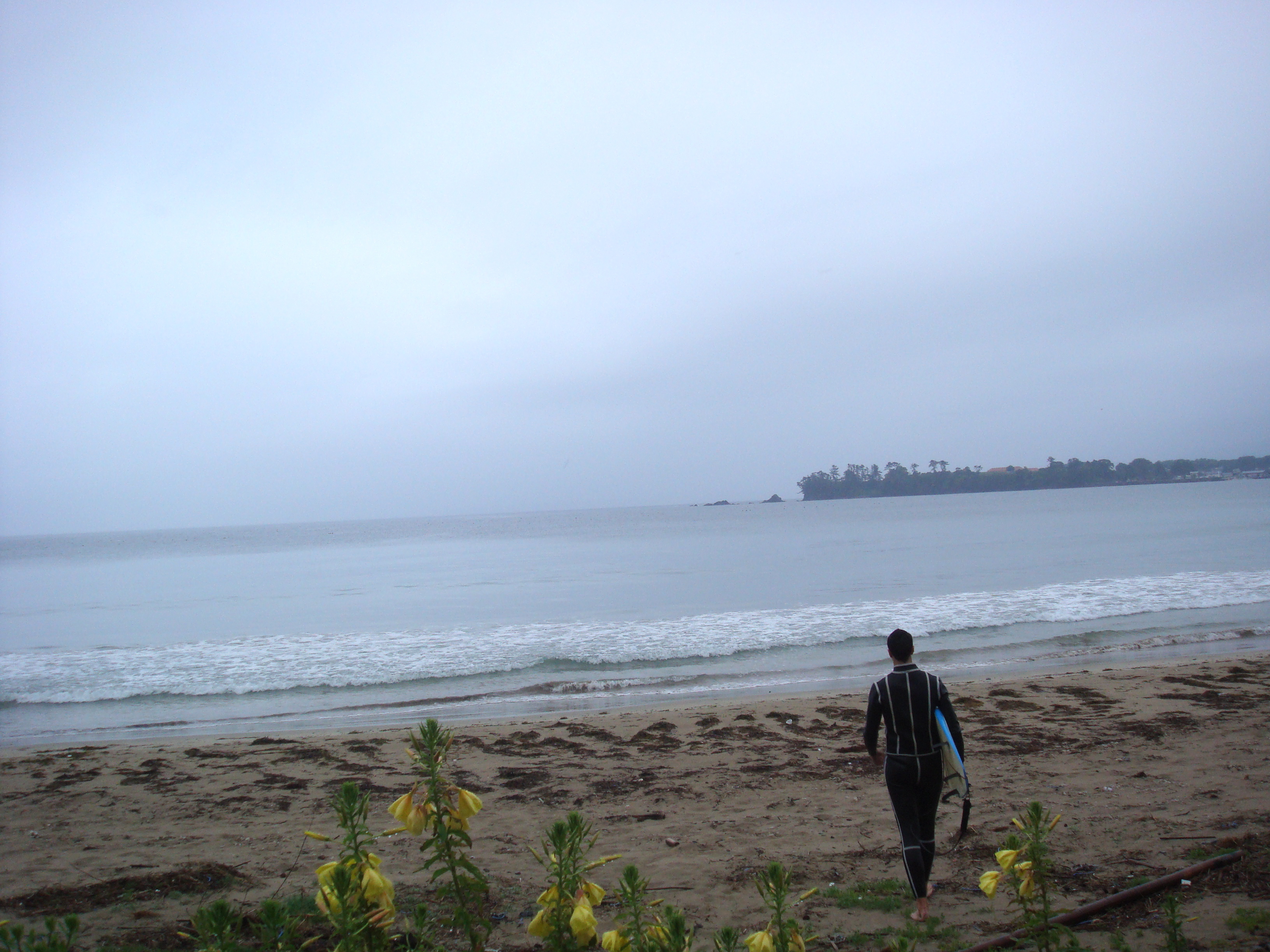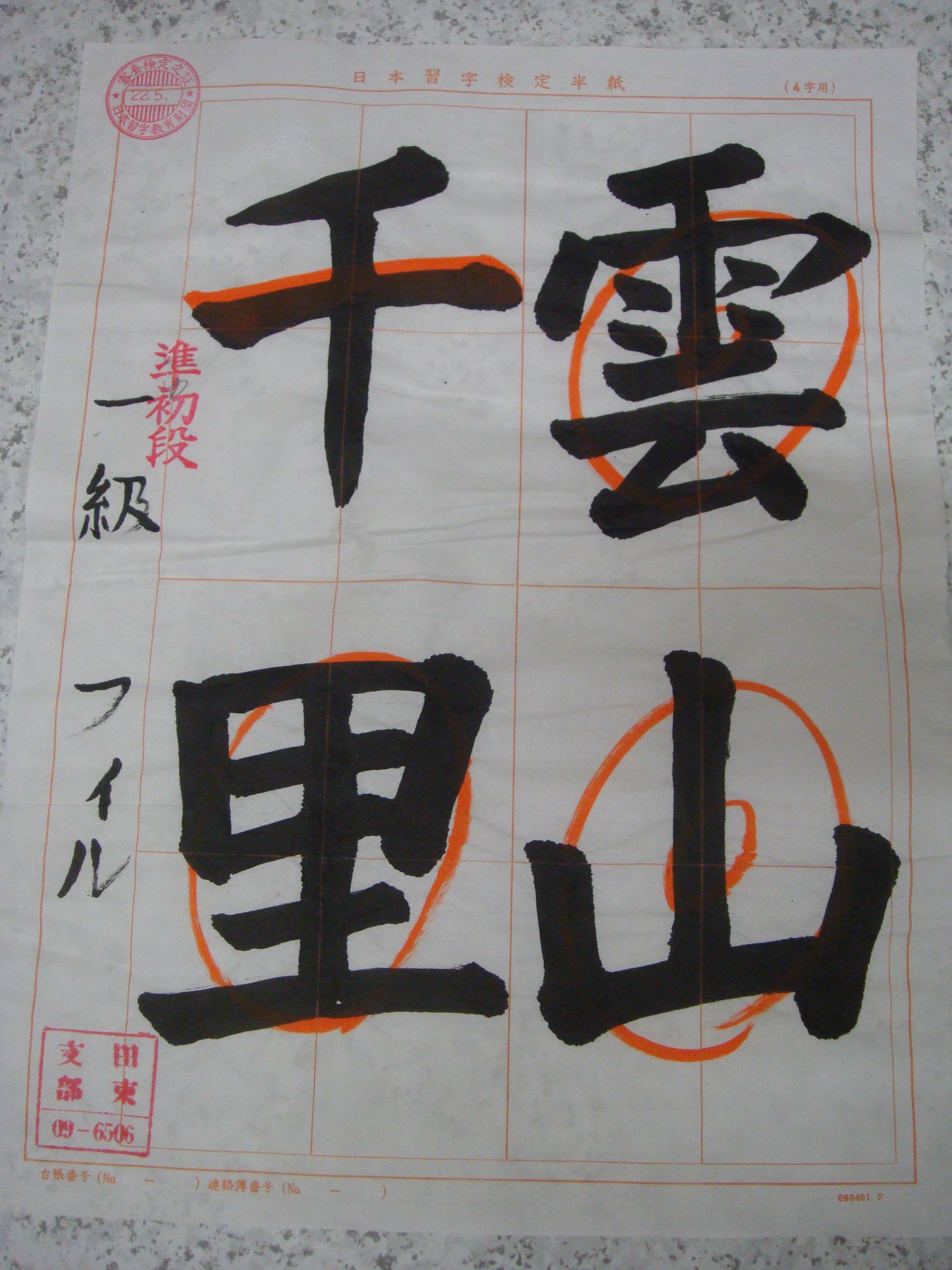The sun is shining down. There are a few seagulls flying back and forth overhead; and the air is filled with a moist, salty sea breeze. Straddling the board like a marine cowboy, you wait during a lull in the waves for the next good one, your next good ride. Then you see it, coming toward you from the horizon. As the wave rolls closer and closer it gathers size and speed.  Your excitement builds in anticipation. When it gets a little closer you lie down on the board and start to paddle hard and fast. You feel the wave cross your feet and move up your legs. You paddle frantically for one last final push. Then it’s time. You grab the rails of the board and pop up, swinging your feet under your body. You’re standing on the surfboard now; but you might as well be on top of the world, because that’s how you feel at this moment. You are doing the impossible– standing on water. Surfing is one of man’s many attempts to overcome the forces of nature. But in this case, there is no heavy machinery, or big engines required. It’s just you and the board floating around in a huge ocean…
Your excitement builds in anticipation. When it gets a little closer you lie down on the board and start to paddle hard and fast. You feel the wave cross your feet and move up your legs. You paddle frantically for one last final push. Then it’s time. You grab the rails of the board and pop up, swinging your feet under your body. You’re standing on the surfboard now; but you might as well be on top of the world, because that’s how you feel at this moment. You are doing the impossible– standing on water. Surfing is one of man’s many attempts to overcome the forces of nature. But in this case, there is no heavy machinery, or big engines required. It’s just you and the board floating around in a huge ocean…
The following are six reasons why I love surfing and can’t get enough of it!
“My Secret Place”
I’m going to take you to my special place, It’s a place that you, Like no one else I know, Might appreciate.
– Joni Mitchell, My Secret Place
I live in Motoyoshi, a small coastal town in northern Japan. It’s not actually a ‘secret place’, but it certainly isn’t very well-known outside of Miyagi prefecture. My apartment is in Tsuya, the central part of town, and a five to ten minute drive from two good surfing spots. One of those spots is Koizumi beach, where occasionally even pro Japanese surfers will show up. There is a cute little surf shop, the only one in the area, across the street from the entrance to the beach. It’s called Kabuto Mushi, named after the rhinoceros beetle, a beastly little creature in and of itself. I can surf any day I want with good surfers around Continue reading

